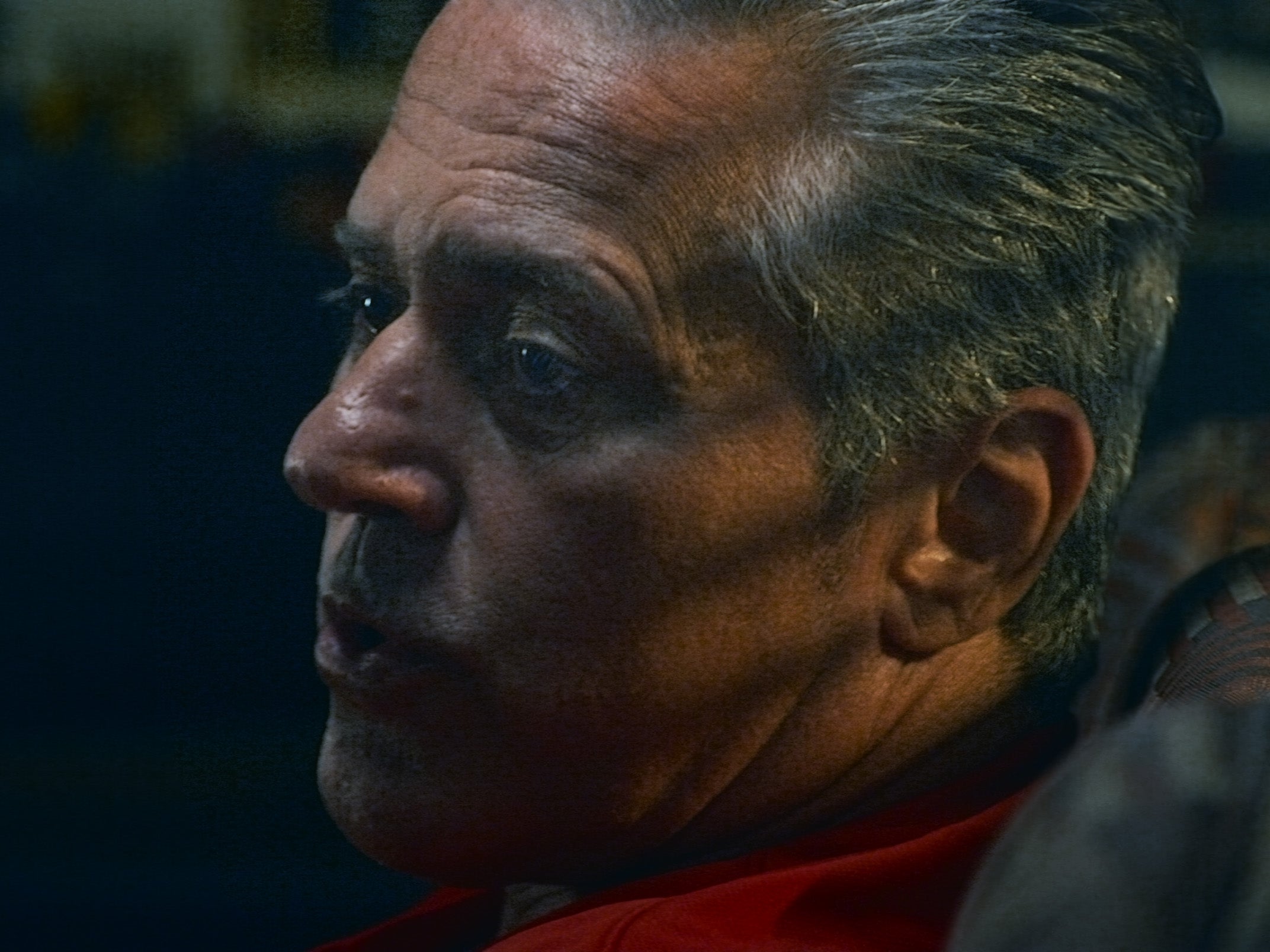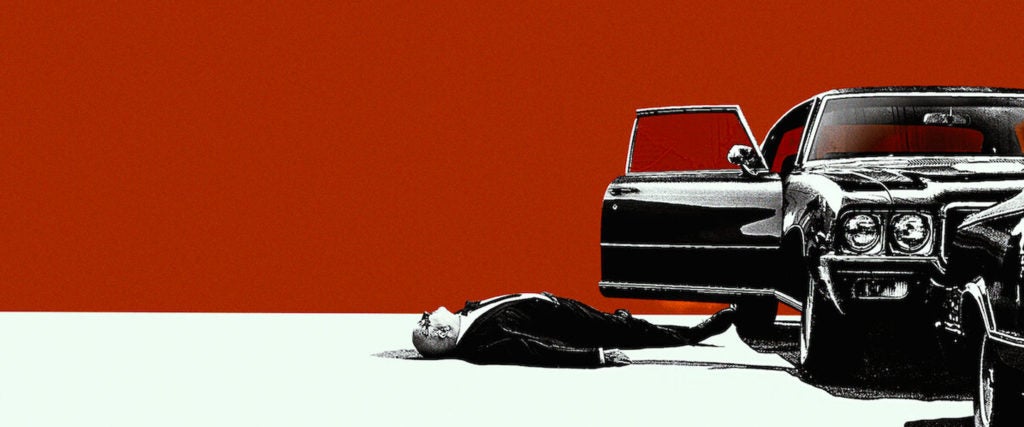Among the many great things about The Sopranos was how it demystified the mob lifestyle. Sure, Goodfellas got there first, but David Chase’s series had the space to really show the 9-to-5 banality of being a gangster — the hanging around, the endless meetings, the litany of tedious busywork — that made it seem as glamorous as working in middle management. But that tedium also extended to law enforcement, which over several seasons meticulously tried to put together a case against Tony, often resulting in dead ends and frustration. That dryness reflected the realities of capturing bad guys. Al Capone didn’t die in a hail of bullets — he was nailed for something deeply unsexy, tax evasion. Whether you’re the cops or the crooks, most of your life is devoted to the endless grind.
That bitter truth seems to be the driving force behind Fear City: New York vs the Mafia, which shines a light on how the city’s five crime families were brought down in the mid-1980s. Flashy but weirdly unengaging, this new Netflix documentary series duplicates plenty of predictable true-crime tropes, but it’s one of the few films in the nonfiction realm that actually could benefit from being longer. In a genre overstuffed with five- and six-part series, each episode clocking in around an hour, Fear City is only three installments, adding up to about 150 minutes. That’s the same length as Goodfellas, but not nearly as illuminating or seductive.
Directed by Sam Hobkinson, the film is built around previously-unheard surveillance audio that was obtained clandestinely by law enforcement, which was desperately trying to break the mob’s stranglehold on New York. The so-called Five Families — Bonanno, Colombo, Gambino, Genovese and Luccese — had their tentacles in so many of the city’s different businesses, most importantly Manhattan’s construction boom of the early 1980s, that they wielded an enormous (and dangerous) amount of influence. But prosecutors had to figure out how to put them away legally — it’s not like they could resort to shootouts — and so, they slowly gathered evidence, chiefly by bugging the mobsters’ homes and hangouts. Fear City allows us to hear some of those secret recordings, as well as meet some of the FBI agents, lawyers and gangsters who were involved in that world.
Done well, Fear City should have a gripping procedural quality as we immerse in every little absorbing detail. In order to arrest the big bosses, prosecutors realized they’d need to take advantage of a new law, the RICO Act, which for the first time gave the government the power to punish the chiefs who ordered their underlings to commit crimes, like murder. But even so, the mob smartly talked in coded language, requiring the Feds to suss out what these crooks meant by “the club” or “the commission” — and also which specific families controlled which criminal enterprises. While grisly gangland killings occurred as well, the bulk of the 1970s and 1980s timeframe covered in Fear City focuses on the diligent, often tiring police work and, eventually, the difficult federal trial that finally brought these hoods to justice. The process was more of a chess match than a high-octane action-thriller.
Surprisingly, though, Hobkinson never entirely gets you hooked, despite the inherently alluring cops-and-robbers subject matter. Part of the problem is Fear City’s formal familiarity — which is another way of saying I think I’m officially over watching gorgeously lit shots of old-school tape machines. This is such a common technique in true-crime series, a way to visualize the fact that we’re going to hear archival recordings — usually of an intimate or shocking nature — that were presumed at the time to be private communications. Fear City overdoes the device, which wouldn’t be so bad if the actual audio was fascinating. But even though the documentary series plays up how game-changing these surveillance tapes of mobsters were, what we tend to hear is garbled audio that doesn’t offer much in the way of personality or insight into the criminal mindset.
To be fair, that indecipherability is part of the point — the Feds spent hours and hours poring over the tapes to try to figure out what was being said — but it speaks to the series’ larger deficiency, which is that it has a paucity of compelling dramatic figures. Former mobsters and retired agents appear on camera — typically shot in cinematically striking ways that are meant to be far more stylish than the usual talking-head interview — but very few of them really pop. Essentially, the crooks loved all the money and power that came from their illegal acts, while the good guys were determined to stop them — although each side had a begrudging respect for the other, viewing them as combatants in an age-old battle.
None of that is particularly revelatory — we’ve all seen crime films — and when Fear City does find an interesting figure, such as Charlotte Lang, the one female FBI agent working the case alongside her male colleagues (who may or may not have wanted her around), it’s merely an anecdote, not a person. We barely get a chance to know anyone — including the evil men who ruled these crime families — and so the results are a rather bloodless recap of who did what and then what happened next.

With its slick editing, boisterous needle drops and melodramatic tone, Fear City wants to be a juicy, bingeable exposé — an unapologetic plunge into the mob’s electric, amoral lawlessness. (An associate of the Gambino family, Johnny Alite, tells us that he had all his guys buy Corvettes, which is about as scintillating a story as you’re going to hear.) But despite Hobkinson’s best efforts, the series only really comes to life when one individual is on screen — and I’m sorry to say that it’s the man who was then U.S. Attorney General for the Southern District of New York, Rudy Giuliani.
In recent years, Giuliani has become a loathsome figure, serving as one of Trump’s ghoulish surrogates on television, which has made people forget that, long ago, he was considered a hero by some for his response to 9/11 as mayor of New York — and before then as the prosecutor who helped crush the Five Families. But it’s an indication of Fear City’s autopilot quality that, even though Giuliani proves to be a captivating presence — animated, charming, larger than life — Hobkinson doesn’t show the slightest interest in interrogating a man who built his career on this case. (As close as we get is a few colleagues admitting that Guiliani liked being the center of attention.) Fear City is deeply uncurious about him, or his connection to Trump — who, by the way, probably enhanced his empire by cozying up with the mafia in the 1980s. The documentary series is almost entirely devoid of deeper societal themes: why we remain so fascinated by gangsters, what the mob has to say about the American Dream or how thin the line between cops and crooks can be sometimes.
Fear City doesn’t have an angle on this material — it just presents it with lots of bells and whistles and shots of old-school audio equipment.
When a Goodfellas or Sopranos enters the zeitgeist, there’s immediately criticism that entertainment like this glorifies the criminal lifestyle. I’ve always had a problem with that line of thinking, because anyone who watches those mob masterpieces understands fully that those worlds are populated by sadistic, horrible people — the moral rot is obvious in every frame. But for those who would disagree, they’ll be happy to know that Fear City: New York vs the Mafia probably won’t lead the impressionable into temptation. Unintentionally, it makes the endless cat-and-mouse war between law enforcement and mobsters seem pretty dull.

